What Does CCA Mean on A Battery?
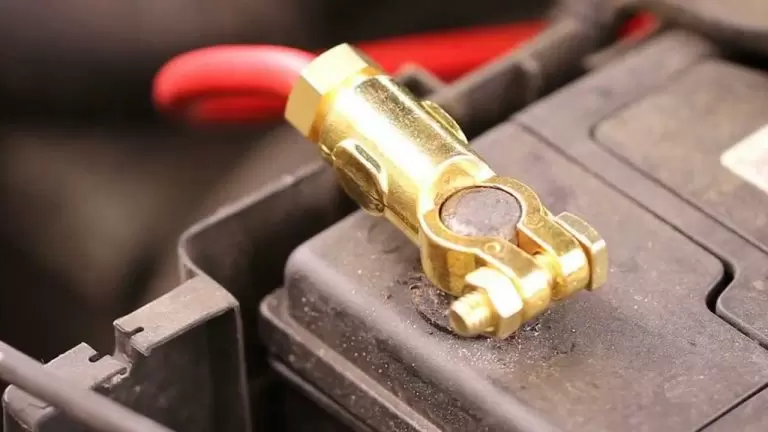
Learn how CCA impacts cold-weather engine starts. Compare LiFePO4 vs. lead-acid batteries with BMS protection, UN 38.3 certification, and 2000+ cycles. Get expert insights.

Learn how CCA impacts cold-weather engine starts. Compare LiFePO4 vs. lead-acid batteries with BMS protection, UN 38.3 certification, and 2000+ cycles. Get expert insights.
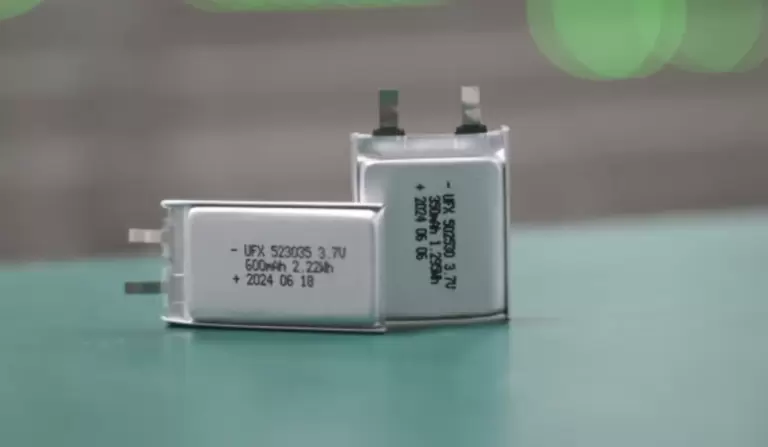
Discover how long 3.7V lithium-ion batteries truly last (300-500 cycles/2-5 years) and learn 4 proven techniques to extend lifespan by up to 200%. Expert guide with data-driven maintenance tips.
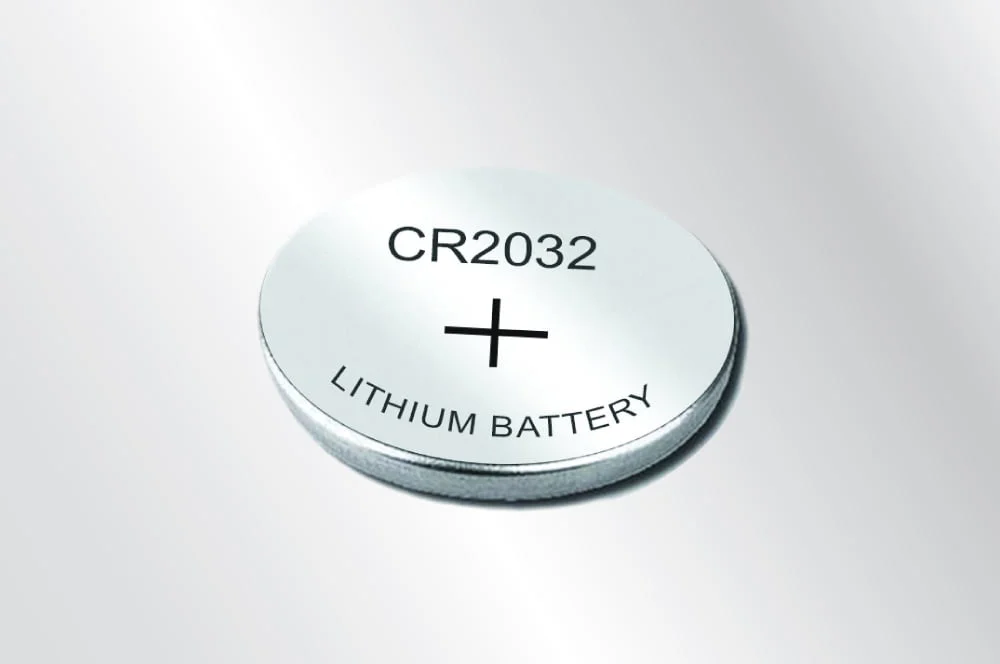
Compare all CR battery sizes with our comprehensive chart featuring exact specifications for CR2032, CR2025, CR2016 & more. Expert selection guide for watches, medical devices & electronics.
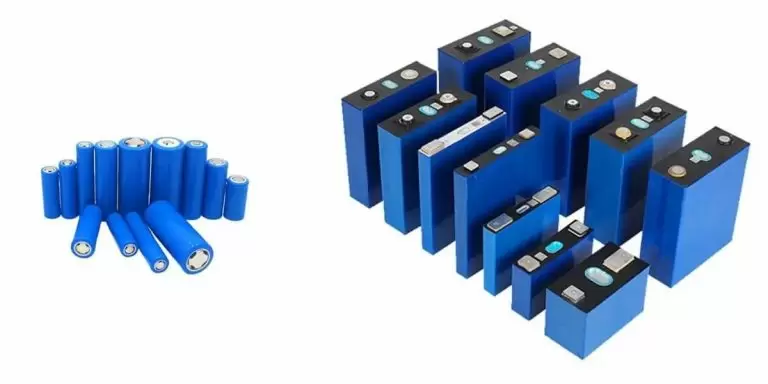
Compare prismatic vs cylindrical battery cells with 2025 performance data (160-255 Wh/kg), cost analysis ($98-121/kWh), and application guides from VADE's engineering team. Optimize your battery procurement decisions.
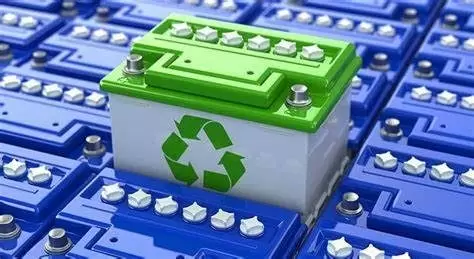
In today’s technology-driven world, the $145 billion global battery market powers everything from smartphones to electric vehicles. Yet the frustration of dealing with batteries that no longer hold a charge affects 78% of device owners, according to Battery Industry Association…
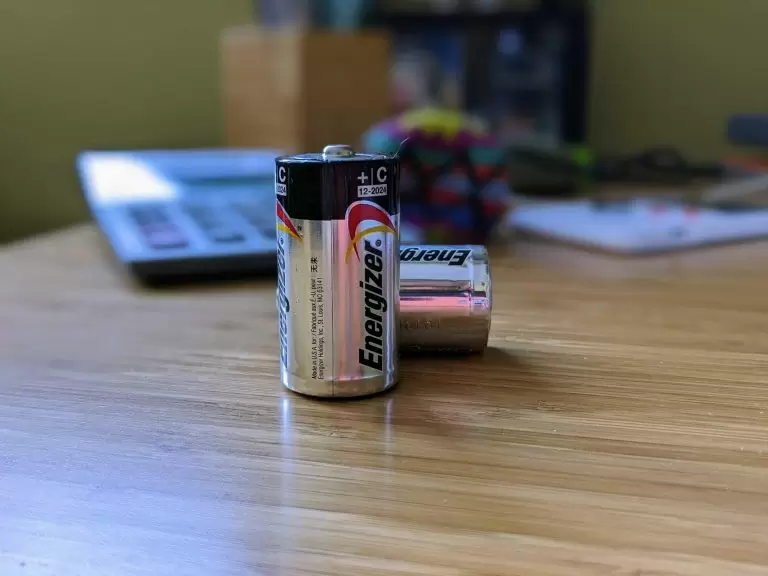
Discover the essentials of C batteries: types, applications, and longevity tips. Choose VADE Battery for safe, rechargeable power solutions tailored to your needs. Explore our 2025 guide now!
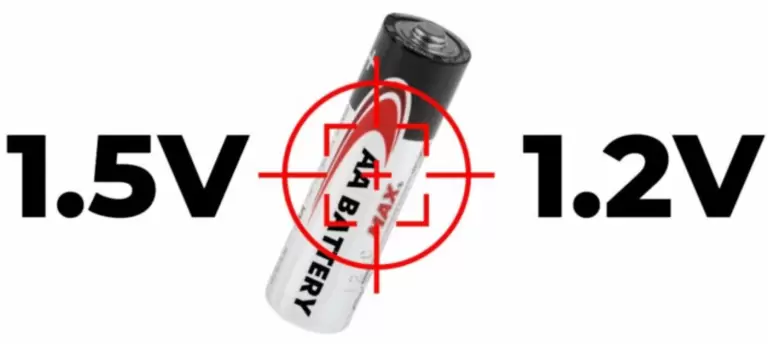
Expert comparison of 1.5V alkaline vs 1.2V rechargeable batteries. Learn IEC-certified selection criteria, cycle life data, and cost analysis for industrial/commercial procurement.
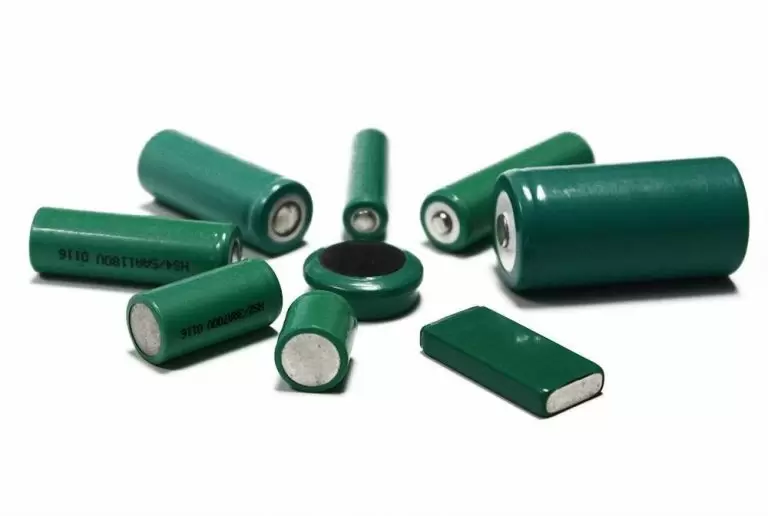
Compare NiMH battery specs (60-120 Wh/kg, 500-1000 cycles) vs. Li-ion alternatives with certified performance data. Includes procurement guidelines, IEC 62133 compliance, and application-specific selection criteria for informed purchasing decisions.
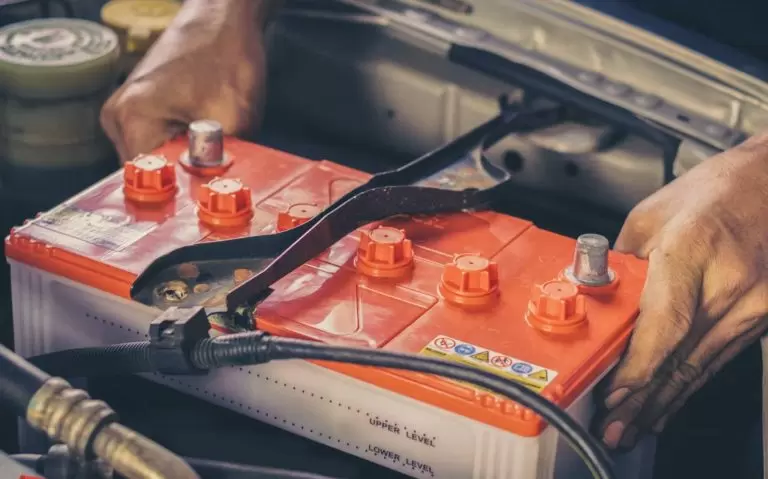
Discover critical Group 65 battery specifications including CCA ratings, dimensions, and chemistry comparisons. Expert guide for trucks, SUVs & marine applications (Updated 2025).
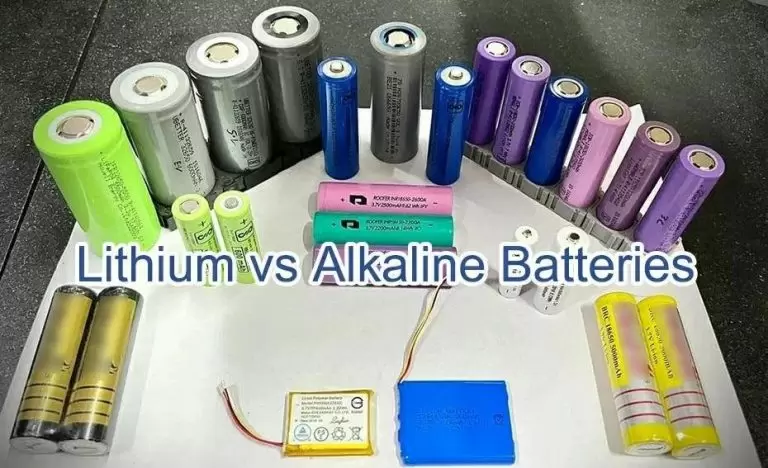
Compare lithium vs. alkaline batteries with verified performance data: 3x longer lifespan, -40°F tolerance, and 42% lower TCO. IEC 62133-certified solutions for procurement specialists. Expert insights from VADE Battery engineers.
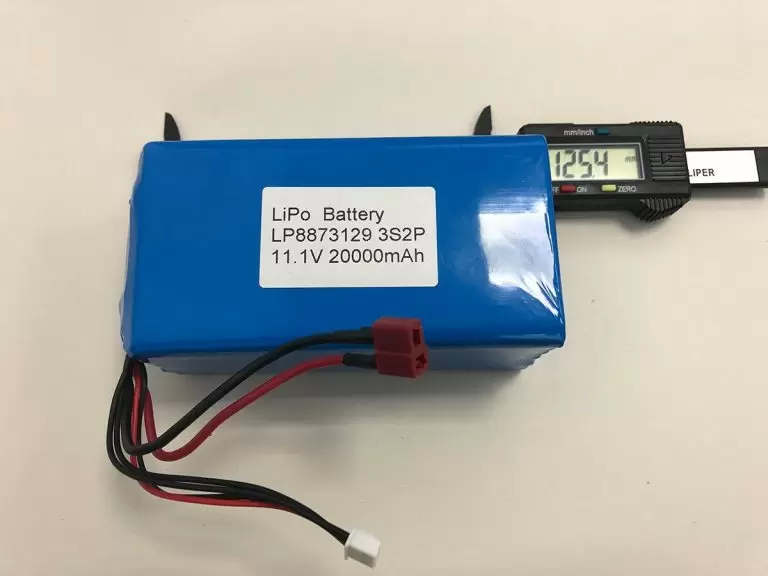
Compare 3S LiPo batteries (11.1V) with verified specs: 150-200 Wh/kg energy density, 200-500 cycles, IEC 62133 certified. Technical procurement guide with safety protocols, discharge ratings & application-specific selection criteria. Updated April 2025.
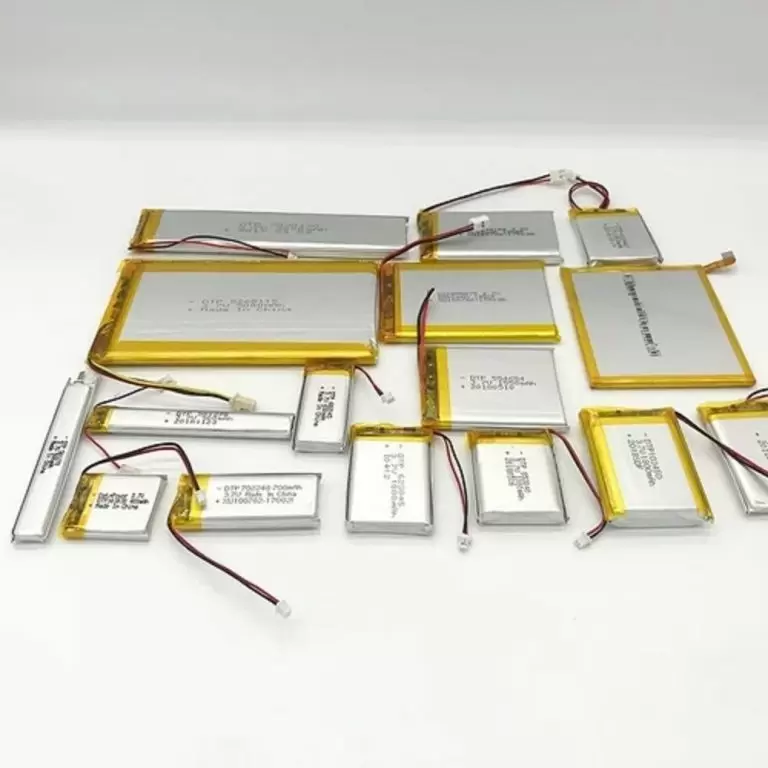
Compare 5V battery technologies with verified performance data (150-250 Wh/kg for Li-ion vs. 90-120 Wh/kg for LiFePO4), IEC certification requirements, and charging protocols. Expert procurement guide for optimal power solutions across 500-10,000+ mAh capacities and 300-2,000+ cycle lifespans.
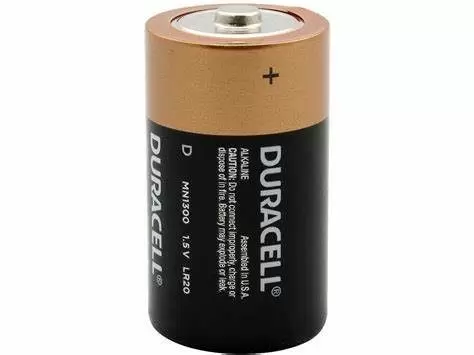
Compare D battery types (12,000-19,000mAh), specifications & applications with procurement insights. Expert guide to alkaline vs. lithium vs. NiMH options. Includes IEC certifications & cost-efficiency metrics for informed purchasing decisions.

Compare 8V golf cart batteries (1,500+ cycles) vs. 6V/12V/lithium alternatives with verified performance data. Includes procurement specifications, IEC 62133 compliance guide, and TCO calculator for fleet managers. Updated April 2025 with latest energy density benchmarks.
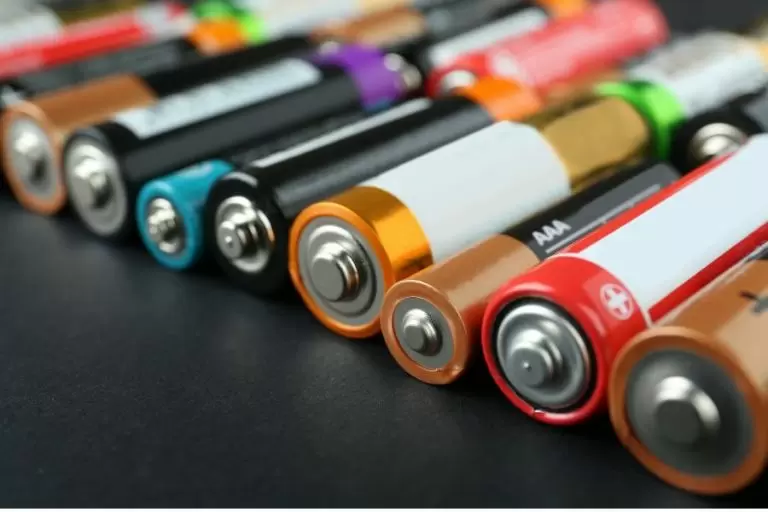
Discover everything about 6V batteries - from lithium to lead-acid technologies, with detailed specs, cycle life comparisons, and application recommendations. Expert guide for procurement professionals.